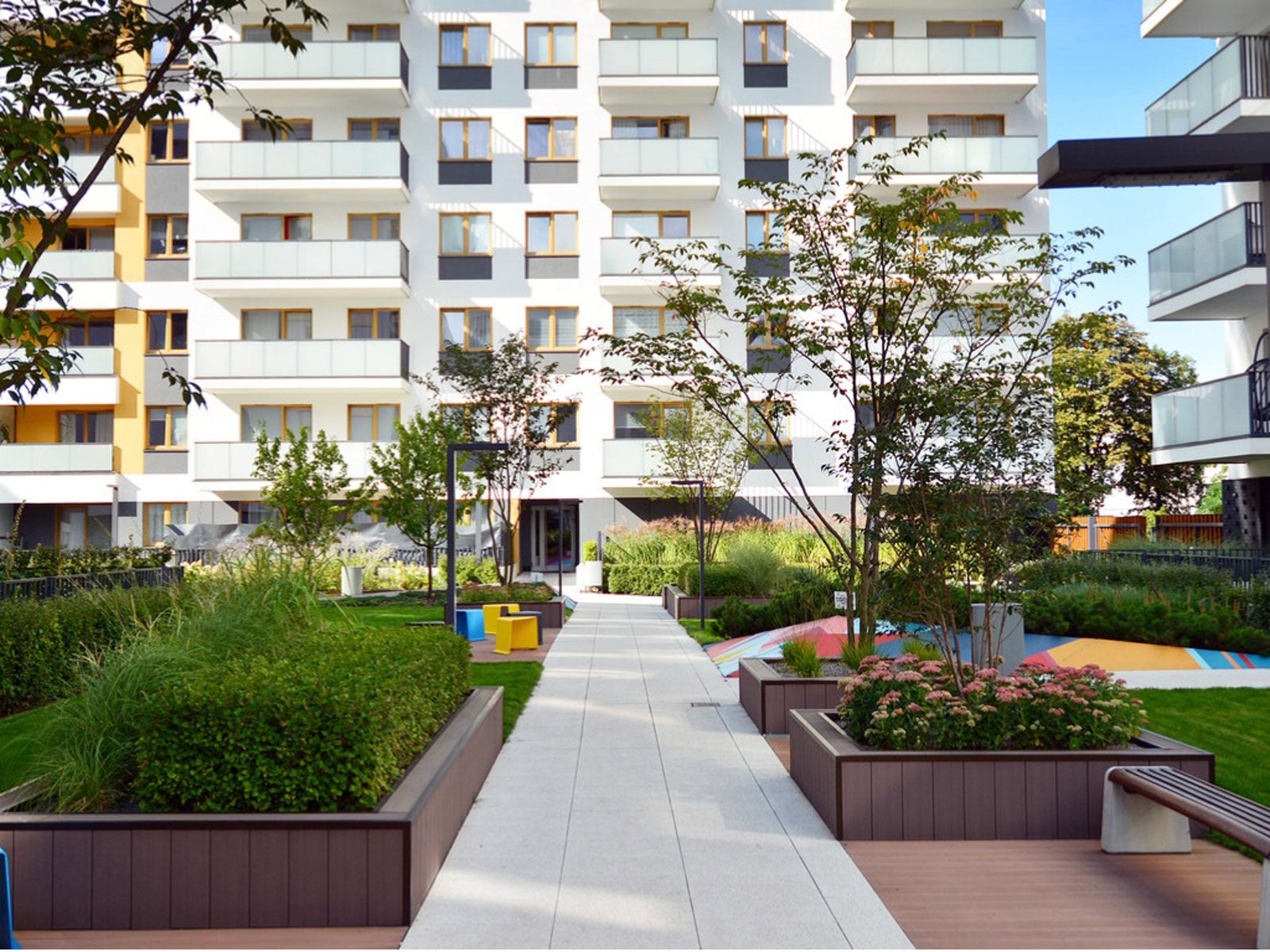Urban Microclimate Wind – Learn About Wind Microclimate Around Buildings

If you’re a gardener, you are no doubt familiar with microclimates. It may have struck you how differently things grow at your friend’s home across town and how she may have rain one day while your landscape remains bone dry.
All of these differences are the result of numerous factors that affect a property. In urban settings, microclimate swings can be severe as a result of increased temperatures which create high wind microclimates around buildings.
About Urban Microclimate Wind
Interestingly, urban microclimate wind speeds are usually less than surrounding rural areas. That said, because of the topography of a high-rise downtown corridor, microclimate wind speeds can also exceed those found in rural areas.
Tall buildings disturb airflow. They may deflect or slow high winds, which is why urban areas are generally less windy then rural regions. The thing is, this doesn’t account for pronounced gusts. An urban skyline creates surface roughness that often results in strong currents of wind that are funneled between buildings.
Winds drag on tall buildings and, in turn, create turbulence that changes both the speed and direction of wind. Unstable pressure builds between the side of the building that faces the prevailing wind and the side that is sheltered from the wind. The result is severe swirls of wind.
When buildings are set close together, winds soar over them but when buildings are set farther apart, there isn’t anything stopping them, which can result in sudden high urban wind speeds, creating mini tornadoes of litter and knocking people over.
The wind microclimate around buildings is the result of the layout of the buildings. High wind microclimates are created when buildings are built on a grid which creates wind tunnels where winds can pick up speed. A perfect example is Chicago, aka the Windy City, which is notorious for its sudden urban microclimate wind speeds that are the result of its grid system of buildings.
Gardening tips, videos, info and more delivered right to your inbox!
Sign up for the Gardening Know How newsletter today and receive a free copy of our e-book "How to Grow Delicious Tomatoes".
How does this affect urban gardeners? These microclimates from wind can adversely affect plants grown in these areas. Gardens located on balconies, rooftops, and even narrow side streets and alleyways need to be carefully considered prior to planting. Depending on the specific microclimate, you may need to use wind tolerant plants or those that can specifically handle heat or cold temps brought about by wind conditions.

Amy Grant has been gardening for 30 years and writing for 15. A professional chef and caterer, Amy's area of expertise is culinary gardening.
-
 Looking For Plants To Give You The Soft And Fuzzies? Try These 5 Fuzzy Leaf Plant Options
Looking For Plants To Give You The Soft And Fuzzies? Try These 5 Fuzzy Leaf Plant OptionsLovers of texture, drama, silver foliage and tactile plants will adore these special sensory garden additions. These fuzzy leaf plant options will leave you all aglow
By Susan Albert
-
 Get Ready For A Summer Of Hummers! Grow These Full Sun Hummingbird Plants and Flowers
Get Ready For A Summer Of Hummers! Grow These Full Sun Hummingbird Plants and FlowersIf you’re lucky enough to enjoy a sunny backyard, make sure you are maxing out on your pollinator opportunities and grow these full sun hummingbird plants and flowers
By Tonya Barnett